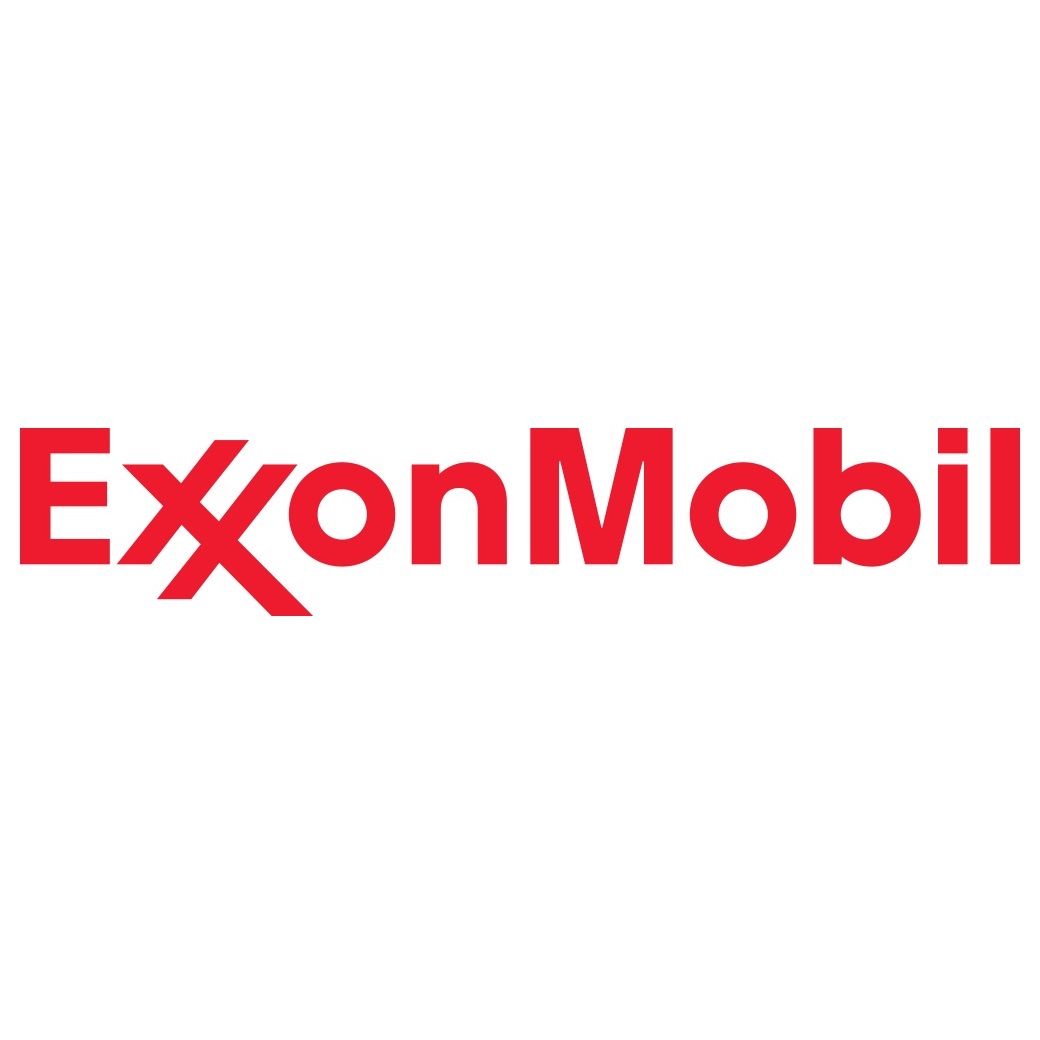
Exxon Mobil Corp. (NYSE: XOM) reported estimated fourth-quarter and full-year 2017 results before markets opened Friday. For the quarter, the integrated oil and gas giant posted quarterly adjusted diluted earnings per share (EPS) of $0.88 on revenues of $66.52 billion. In the same period a year ago, the company reported EPS of $1.22 on revenues of $61.02 billion. Fourth-quarter results also compare to the consensus estimates for EPS of $1.04 on revenues of $74.31 billion.
For the full year, Exxon reported revenues of $244.36 billion and GAAP EPS of $4.63, compared to 2016 revenues of $208.11 billion and GAAP EPS of $1.88. Consensus estimates called for EPS of $3.67 and revenues of $271.4 billion
Adjusted EPS excludes a benefit of $5.39 billion related to recent changes in U.S. tax law. Excluding the tax benefit and impairment charges of $1.29 billion, net income totaled $3.73 billion in the fourth quarter, down 2% year over year from $3.82 billion in the year-ago quarter.
Worldwide upstream earnings totaled $8.4 billion compared with $600 million net loss in the fourth quarter of 2016. Higher prices increased earnings by $1.2 billion. U.S. tax law changes contributed $7.1 billion of the improvement and lower asset impairments cost $847 million.
On an oil-equivalent basis, production dropped by 130,000 barrels (3%) a day year over year. Liquids production fell by 133,000 barrels a day and natural gas production slipped by 17 million cubic feet per day.
U.S. upstream (exploration and production) activities posted a net loss of $60 million, excluding the tax benefits and asset impairments. Non-U.S. upstream earnings totaled $1.3 billion, including asset impairments of $807 million and $480 million in unfavorable effects of U.S. tax law changes. Excluding these items, non-U.S. earnings totaled $2.6 billion.
In the downstream division earnings rose to $1.6 billion, up by $323 million year over year. Higher refining margins increased earnings by $250 million, while volume and mix effects decreased earnings by $190 million. All other items increased earnings by $260 million, including a tax benefit of $618 million. Petroleum product sales of 5.6 million barrels per day were 118,000 barrels per day higher than last year’s fourth quarter.
Capital spending totaled $23.1 billion in 2017, up 20% from 2016.
CEO and Chair Darren Woods said:
The impact of tax reform on our earnings reflects the magnitude of our historic investment in the U.S. and strengthens our commitment to further grow our business here. We’re planning to invest over $50 billion in the U.S. over the next five years to increase production of profitable volumes and enhance our integrated portfolio, which is supported by the improved business climate created by tax reform.
The company did not provide guidance in its press release, but analysts are expecting 2018 first-quarter EPS of $1.18 on revenues of $77.24 billion compared with EPS of $0.95 and revenues of $63.29 billion in the first quarter of 2017. For the full year, analysts are looking for EPS of $4.69 on revenues of $321.31 billion.
Third-quarter results were disappointing, and early reaction to the report underscores that view. Exxon’s shares traded down nearly 3% in Friday’s premarket at $86.56, in a 52-week range of $76.05 to $89.30. Analysts had a 12-month price target of $89.10 before this morning’s report.
Take Charge of Your Retirement: Find the Right Financial Advisor For You in Minutes (Sponsor)
Retirement planning doesn’t have to feel overwhelming. The key is finding professional guidance—and we’ve made it easier than ever for you to connect with the right financial advisor for your unique needs.
Here’s how it works:
1️ Answer a Few Simple Questions
Tell us a bit about your goals and preferences—it only takes a few minutes!
2️ Get Your Top Advisor Matches
This tool matches you with qualified advisors who specialize in helping people like you achieve financial success.
3️ Choose Your Best Fit
Review their profiles, schedule an introductory meeting, and select the advisor who feels right for you.
Why wait? Start building the retirement you’ve always dreamed of. Click here to get started today!
Thank you for reading! Have some feedback for us?
Contact the 24/7 Wall St. editorial team.




